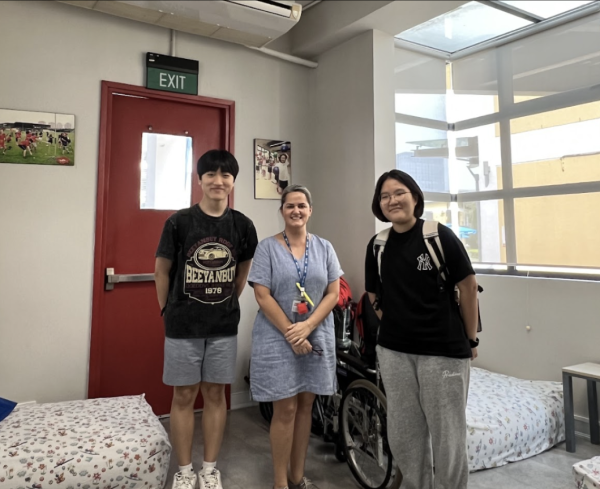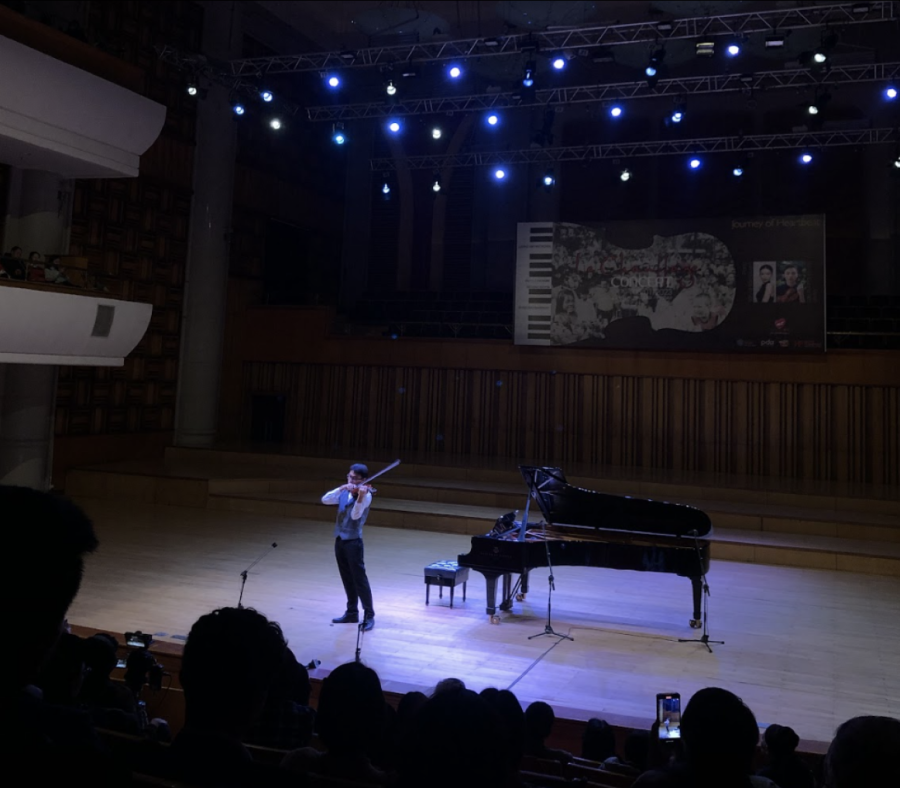Many high school students first encounter first aid in movies or a TV series when a life-saving character heroically performs CPR to save a person needing medical assistance. But will you be able to be like those heroes in movies? According to a study conducted by Research Gate, some 47.5% of high school students do not practice first aid, practice it poorly, or do not realize the crucial need to practice it. Other studies show that teenagers will often be more likely to face medical emergency situations than other age levels. Their lack of knowledge and unwillingness put young populations at greater risks of severe medical emergencies. Therefore, first aid training is not just interesting, but is important for everyone to keep ourselves and those around us safe.
Recently, one of our reporters watched a South Korean news broadcast about a man experiencing a heart attack that was fortunately saved by two police officers’ first aid. Similarly, another reporter encountered a real medical emergency when they went to the Cathedral by the Hoàn Kiếm Lake. When an old man collapsed amid a busy crowd, a heroic woman ran towards him and performed CPR. Both these incidents made us admire those who were able to save someone’s life and realize the importance of learning first aid.
Before going any further, it is crucial to fully understand the term ‘first aid’. Many people tend to use the words ‘first aid’ and ‘CPR’ interchangeably. To find out the distinction, we interviewed Ms. Joanne Cannolly, a UNIS Hanoi nurse. Ms. Connolly defined first aid as “first and immediate assistance given to any person with an illness or injury to preserve life and prevent injury from worsening.”
Nurse Connolly mentioned that first aid “can save someone’s life, prevent further injury, illness, or infection. It can help relieve pain. It makes more workplaces safer. The knowledge from first aid training can reduce stress and anxiety. It opens up job opportunities. It can reduce recovery time from injury or illness. It can even save money as a wound that is not treated with first aid can lead to further cost incurred from hospital treatment.” CPR stands for Cardiopulmonary Resuscitation. In simpler words, it is when one directly gives heart pumping and artificial breathing to someone experiencing abnormal breathing and/or cardiac arrest. In short, she described the distinction between first aid and CPR as “first aid is keeping life and CPR is bringing life back.”
She also acknowledged the importance of first aid training not only for high school students but for everyone above the age of 12. She stated, “It’s important for everyone over the age of 12 to be trained in first aid and CPR. It makes safer environments, saves lives, and prevents further injuries and illness. The training can give peace of mind to those around you.”
For Nurse Connolly, who has been working in the medical field in hospitals and schools, it is especially easy to recognize the importance of first aid. One anecdote she shared with us was when she was trekking in Sapa as a teenager. She met a man with a severe wound on his leg, where the lower part of the limb had already died. She took the man to Hanoi so he could be provided the appropriate medical assistance. However, since he wasn’t able to get immediate preliminary medical assistance–i.e., first aid–his leg had to be amputated. This story speaks to us the importance of first aid and the extent to which first aid could prevent further injuries.
We would like to thank Nurse Connolly for her time and informing us on the importance of first aid.
Key Advice from Nurse Connolly:
- Simply Remember the Acronym “DR ABC”!
- Danger – Is it safe for you to assist the medical emergency?
- Response – Is the person able to respond?
- Airway – Head Tilt Chin Lift to see if there is any obstruction.
- Breathing – Looking at all the muscles used for breathing (abdomen). Can you hear breathing?
- Circulation – Is there any sign of pulse? Carotid pulse?






